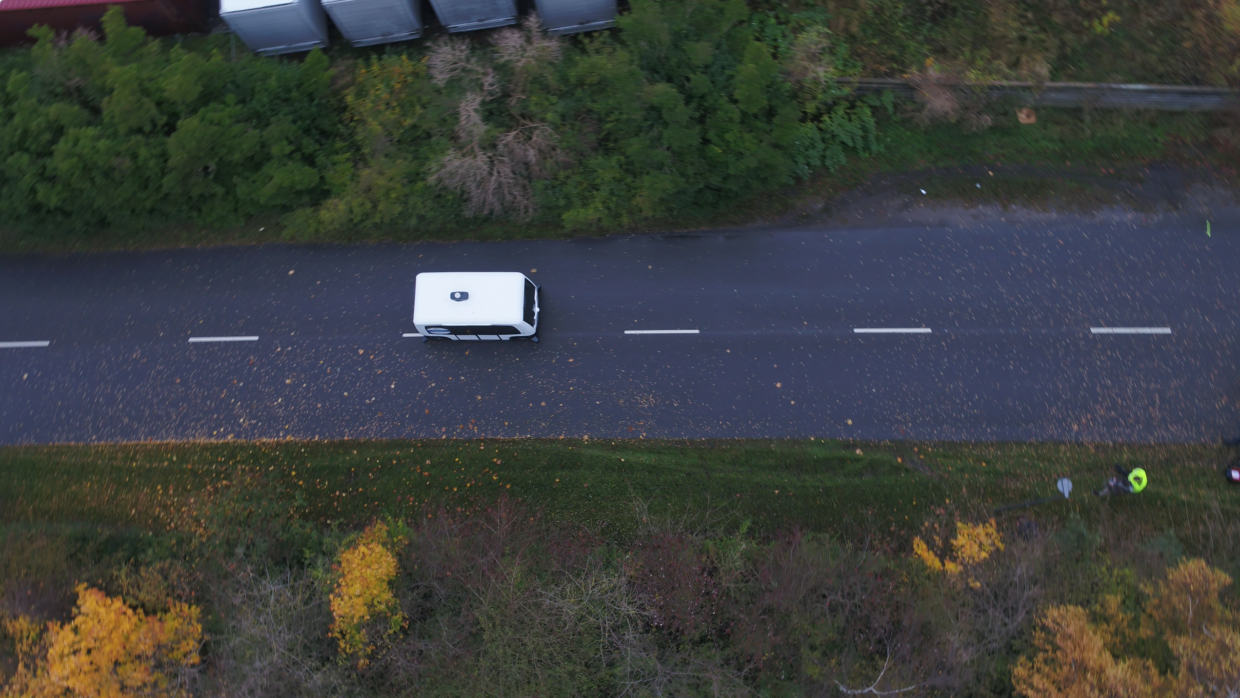
Market analysis brings new insights into the capabilities of autonomous shuttles
Scroll ned for at læse mere

Scroll ned for at læse mere
The LINC (previously TUPPAC) project is currently searching for the best suited autonomous shuttles to purchase for the project’s future tests. Therefore, LINC has approached 10 probable suppliers of autonomous shuttles with a Request for Information (RFI). Based on the information received, an analysis of the emerging market has been carried out and valuable insights on the current capabilities of the autonomous shuttles have been obtained.
“We found through our Request for Information that the market is still immature and that many suppliers cannot yet offer autonomous shuttles at the level our project requests even though they are in the process of developing that service. But we also found a few European suppliers that can live up to our requirements that we will explore further,” says Kenneth Jørgensen, senior project manager at Gate 21.
The shuttle suppliers in question share many similar features when it comes to safety, speed, battery and weather restrictions – but they differ slightly when it comes to passenger capacity, ramps and fleet management systems. They are all mini-shuttles that can serve between 4-11 seated and 4-6 standing passengers. The vehicles come as electric vehicles, but none of them offer fast charging possibilities yet.
Conventional buses are typically operated by pre-scheduled time tables and routes. But to handle a more demand-driven bus service in the future, the project has an ambition of dynamic routing by real-time vehicle location and status. Still, none of the shuttle suppliers in the market analysis have systems for dynamic routing, but it is foreseen that some (pseudo) dynamic routing can be offered within 12-24 months.
“Because the market cannot deliver on dynamic routing we are instead developing an advanced app-solution that will be able to deliver a more flexible shuttle service, but it is still uncertain whether the Danish Transport, Construction and Housing Authority will allow this kind of autonomous shuttle testing,” says Kenneth Jørgensen and continues:
“The software is a crucial issue for us because we want to develop autonomous collective mobility that can be demand-driven. This requires that we can develop and integrate new software with the existing in the shuttle that is delivered and used as part of the project.”
Another key issue is safety. According to Danish legislation two scenarios are allowed when testing autonomous shuttles: 1) steward in the shuttle and 2) steward near the shuttle. In both cases the steward is not a driver but can take control of the shuttle manually if needed.
“All the involved shuttle suppliers can have a steward stationed in the shuttle to take over control if necessary. LINC will begin testing with a steward on the shuttle, but the ambition is to test the shuttles with a steward near the shuttle and have it remote controlled by the control center which also narrows down the field of potential suppliers to our test,” says Kenneth Jørgensen.
Following the market analysis, the LINC-project team will conduct a bidding process and meet and negotiate with the suppliers to have an even more detailed insight in the shuttles’ capabilities. After this process three shuttles will be purchased from one supplier for testing both at DTU Campus in Lyngby and at Hersted Business Park in the City of Albertslund.
The final analysis from the RFI work will be published later this summer.
The project is right now working on: